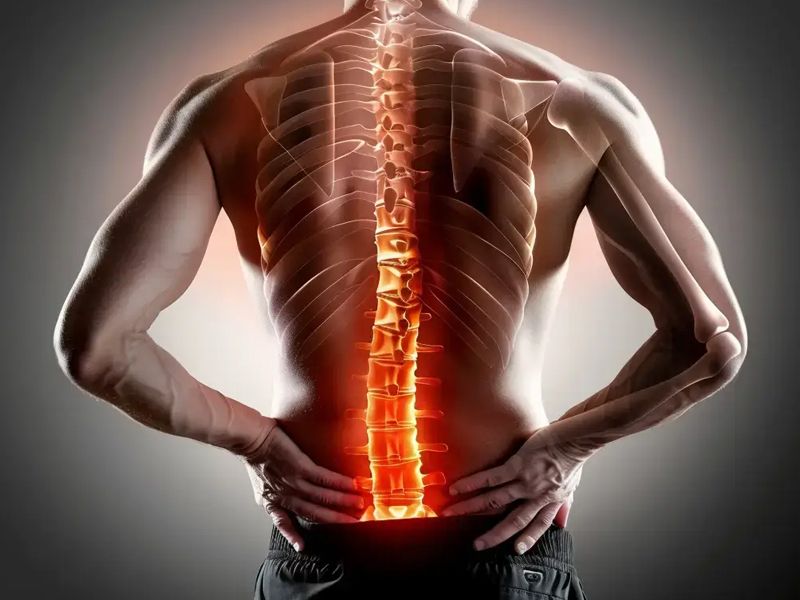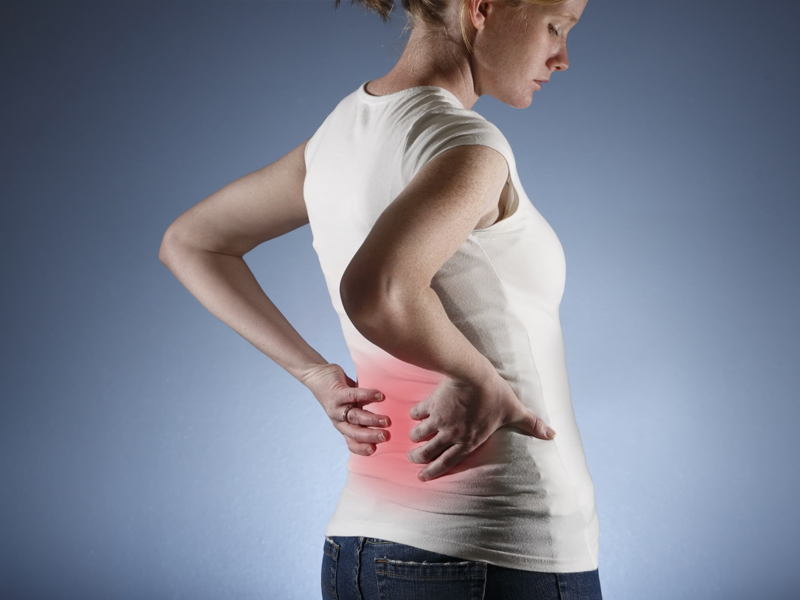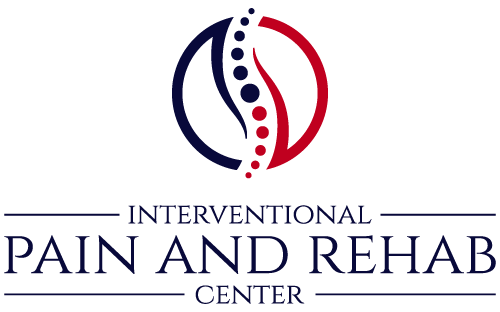Lower Back Pain
Appointment
Fill Out The Form Below
Working Hour
- 8 AM - 5 PM
- 8 AM - 5 PM
- 8 AM - 5 PM
- 8 AM - 5 PM
- 8 AM - 5 PM
- Closed
- Closed

Lower Back Pain
Lower back pain (LBP) is a prevalent condition affecting individuals across all age groups and demographics. It is one of the most common reasons for disability and missed work globally, with estimates suggesting that up to 80% of people will experience lower back pain at some point in their lives. The condition can be acute, subacute, or chronic, depending on its duration and underlying cause.
Causes of Lower Back Pain
LBP can result from a wide variety of factors, ranging from mechanical issues to systemic diseases. The most common cause of lower back pain is musculoskeletal strain. This may result from poor posture, improper lifting techniques, or prolonged sitting, leading to muscle or ligament sprains. Disc herniation, where the intervertebral discs protrude and compress nearby nerves, is another common cause of pain, often associated with sciatic nerve involvement, resulting in radiating pain down the legs.
Degenerative conditions, such as osteoarthritis and degenerative disc disease, can also contribute to chronic lower back pain, especially in older adults. These conditions lead to the breakdown of spinal structures, causing narrowing of the spinal canal (spinal stenosis) or the formation of bone spurs that irritate nerve roots. Other causes of chronic LBP include conditions like spondylolisthesis, where one vertebra slips over another, and ankylosing spondylitis, a type of inflammatory arthritis that affects the spine.
In addition to mechanical causes, LBP may also be a symptom of systemic diseases. Kidney infections, stones, or certain abdominal conditions can present as referred pain in the lower back. In rare cases, tumors, infections (e.g., osteomyelitis), or inflammatory conditions may cause pain.

Diagnosis and Evaluation
The evaluation of LBP generally starts with a thorough history and physical examination. In many cases, imaging studies such as X-rays, MRI, or CT scans are used if the pain is persistent, severe, or associated with red flags, such as unexplained weight loss, neurological deficits, or history of cancer.
It is important that you get evaluated by a medical provider to rule out conditions that need immediate treatment. For chronic pain it is a good idea to get evaluated by a pain specialist, who has the appropriate training to appropriately evaluate and manage your condition.
Management
Initial treatment for lower back pain is largely conservative, which includes rest, physical therapy, and nonsteroidal anti-inflammatory drugs (NSAIDs) for pain relief. If the pain is persistent more specific interventions, such as injections, radiofrequency ablations or spinal stimulation may be indicated.
For chronic lower back pain, a multidisciplinary approach is needed, incorporating physical therapy, psychological support, and medication.
If conservative measures are not enough, other treatment options include
– Epidural Steroid Injections
– Facet joint injection
– Radiofrequency Ablation
– Sacroiliac Joint Injections
– Spinal Cord Stimulation
Back Pain Emergency:
Most spine conditions, while painful, are not emergent. However, there are some instances that do require immediate attention from your medical provider or local emergency department. These include:
Cauda equina syndrome – sudden loss of bowel/bladder control, weakness of the legs and/or loss of sensation in the buttocks and legs
Severe head, neck or back pain – severe pain that comes along with fever, weakness, clumsiness, confusion, falls, sensory changes, and others
